I don’t know so much about Japanese sake, but it was my first time to try different types of sake paired with individual dishes. The food and the sake were all delicious and satisfying. It was a fantastic dinner.
Kesennuma-Minamisanriku area
Model Tours
- 1Sendai Station
- 2Kesennuma Bay Crossing Bridge, a Symbol of Kesennuma’s Recovery
- 3Kesennuma Oshima Ohashi Bridge
- 4Kesennuma Oshima Welcome Terminal/Nodoka
- 5Kesennuma Brewer’s Table
- Stay overnight in Kesennuma City
- 6Ruins of the Great East Japan Earthquake—Kesennuma City Memorial Museum
- 7Minamisanriku 311 Memorial / Minamisanriku Earthquake Disaster Memorial Park
Minamisanriku SANSAN Shopping Village - 8Minami Sanriku Hotel Kanyo’s “Storytelling Bus” ensures that the memory of the tsunami does not fade away
- 9Sendai Station
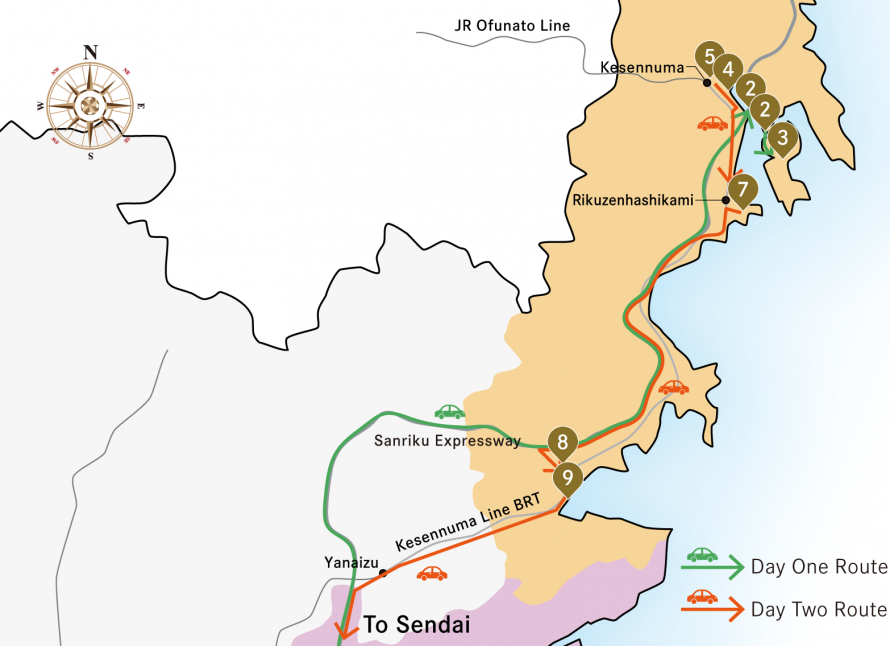
1Sendai Station
1 hr. 45 minutes by car
2Kesennuma Bay Crossing Bridge, a Symbol of Kesennuma’s Recovery (“Kanae Ohashi”)
This bridge crossing Kesennuma Bay opened in March 2021. It is 1,344 meters in total length and completes the full 126-km section of the Sanriku Coast Expressway within Miyagi Prefecture. The highway now directly connects the city of Miyako in Iwate Prefecture with Sendai in Miyagi Prefecture and extends down to Tokyo. The bridge will facilitate reconstruction by improving logistics, extending access to people from a greater distance, and strengthening the emergency medical system.
Special Info
Every evening the bridge is illuminated beautifully, living up to its nickname, Kanae Ohashi, which means “the bridge of fulfilling dreams.” The Japanese name was selected from public entries and is a reference to the former name of Kesennuma Bay, Kanae-ga-ura.
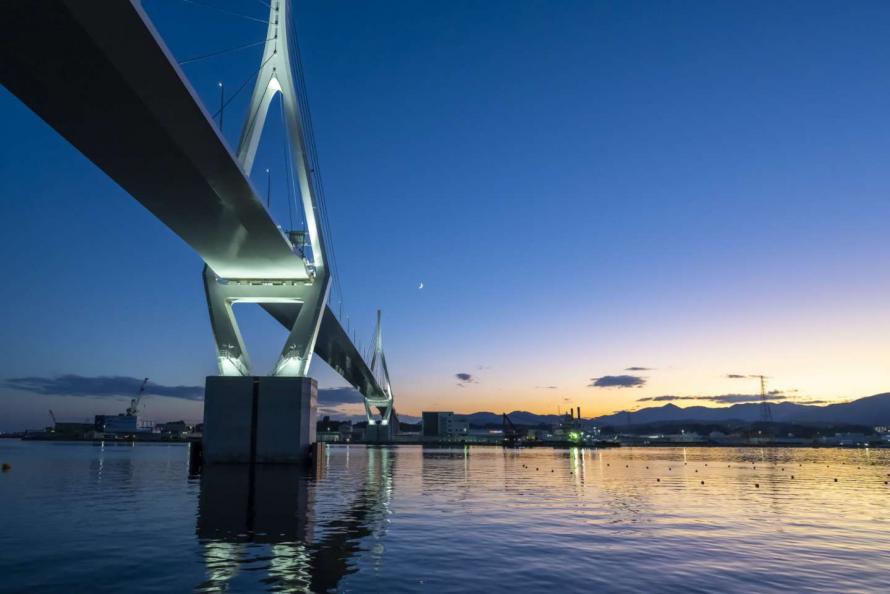
3Kesennuma Oshima Ohashi Bridge
This bridge opened in April 2019 to provide an overland connection between the town of Kesennuma and the island of Oshima. Its nickname is Tsurukame Ohashi. The arch bridge has a span of 297 meters between abutments. It is the third longest arch bridge in Japan, next to Omishima Bridge in Ehime Prefecture.
Special Info
The Kesennuma Oshima Bridge has turnouts at both ends, allowing visitors to park their cars and walk across the bridge. There is a striking contrast between this white arch bridge and the greenery of Oshima, an island nicknamed “the green pearl.”
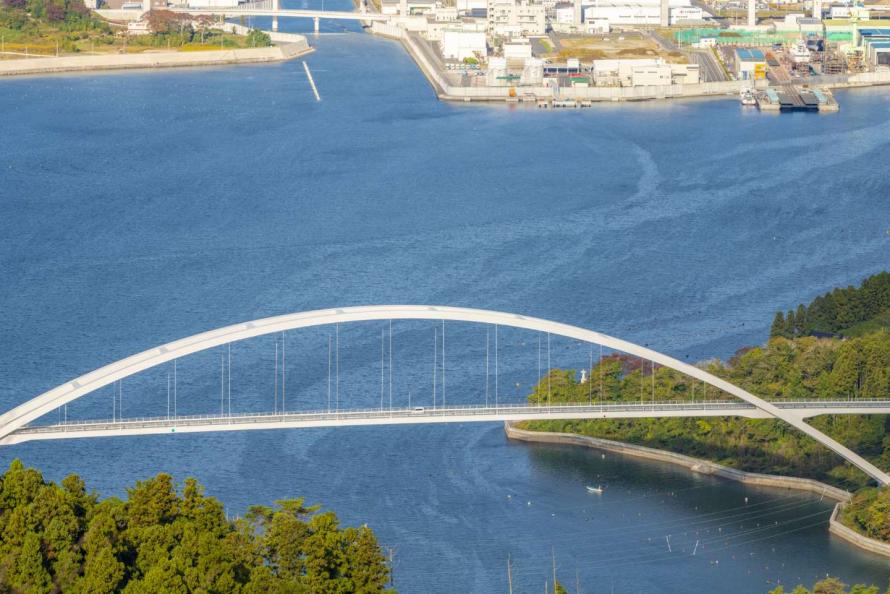
Cross by car
4Kesennuma Oshima Welcome Terminal/Nodoka
Nodoka is a commercial facility adjacent to the Kesennuma Oshima Welcome Terminal where visitors can enjoy a nice view of the inlet harbor. There are six shops, including a restaurant and café that use local ingredients. It is a great place to rest and relax while looking out over the sea.
Address: 363 Uranohama, Kesennuma City
Phone: 090-6626-0853
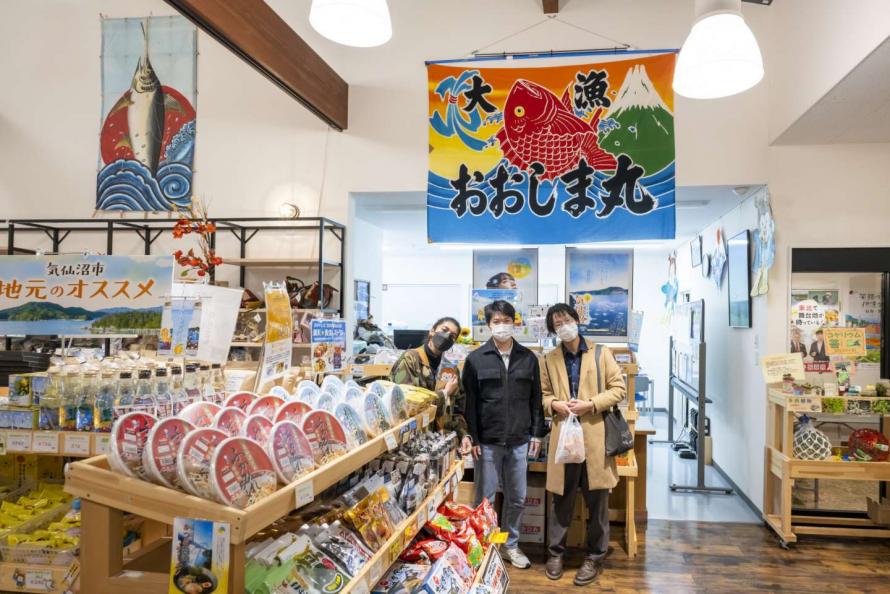
30 minutes by car
5Kesennuma Brewer's Table
This dinner experience is a collaboration between a popular restaurant and a local sake brewery offering a course of dishes made from Kesennuma ingredients paired with locally brewed sake. Guests are given a tour of the sake brewery, have a chance to do sake tasting, and can enjoy the seasonal flavors of Kesennuma in a relaxed atmosphere.
Address: 2-2-12 Sakanamachi, Kesennuma City
Phone: 0226-22-4560 (Kesennuma City Tourism Association)
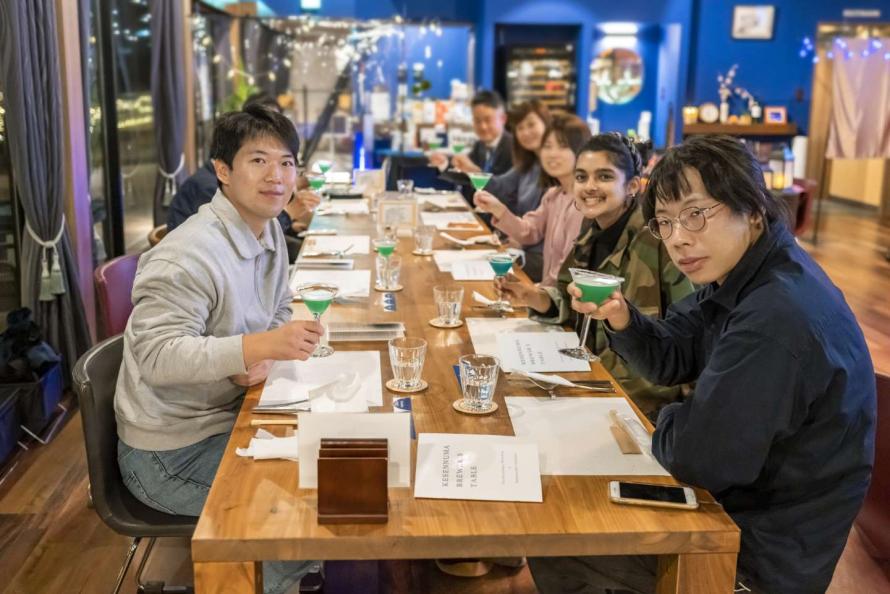
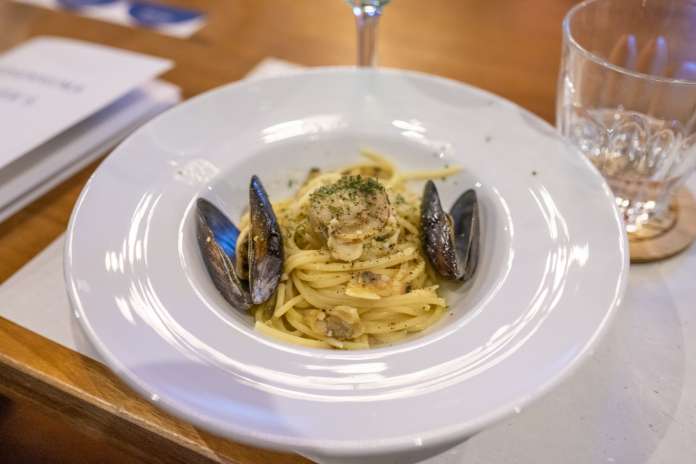
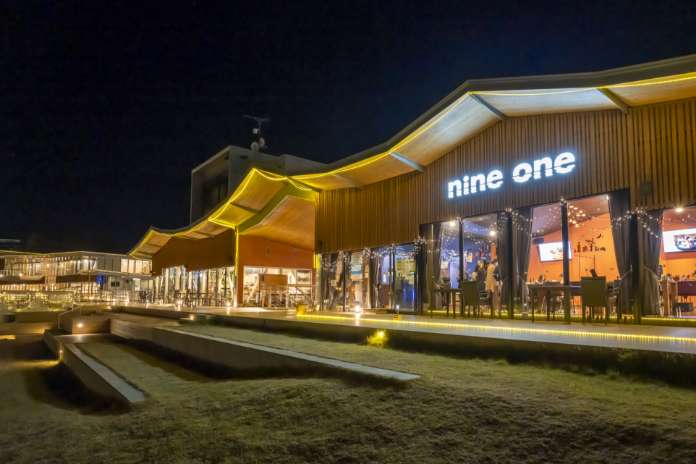
Comment from Lee Changmin

Stay overnight in Kesennuma City
Breakfast at hotel in Kesennuma City
30 minutes by car
6Ruins of the Great East Japan Earthquake—Kesennuma City Memorial Museum
The tsunami reached the fourth floor of the Kesennuma Koyo High School building, but everyone had already safely evacuated. The high school building has been preserved as a ruins site as visible evidence of the tsunami and to teach future generations the lessons learned. The memorial museum, located next to the school, offers exhibits and a seminar facility open to the public. Local junior and senior high school students also serve as storytellers to pass on their memories to a younger generation.
Address: 9-1 Hajikamisemukai, Kesennuma City
Phone: 0226-28-9671
Special Info
A car that was swept into the third floor of the devastated school building is left as it was by the tsunami, as are vehicles upended and piled on top of one another. Inside the museum, QR codes allow visitors to download audio guides in English, Chinese (simplified and traditional Chinese), Korean, and Indonesian, making the exhibits easy for visitors from many countries to understand.
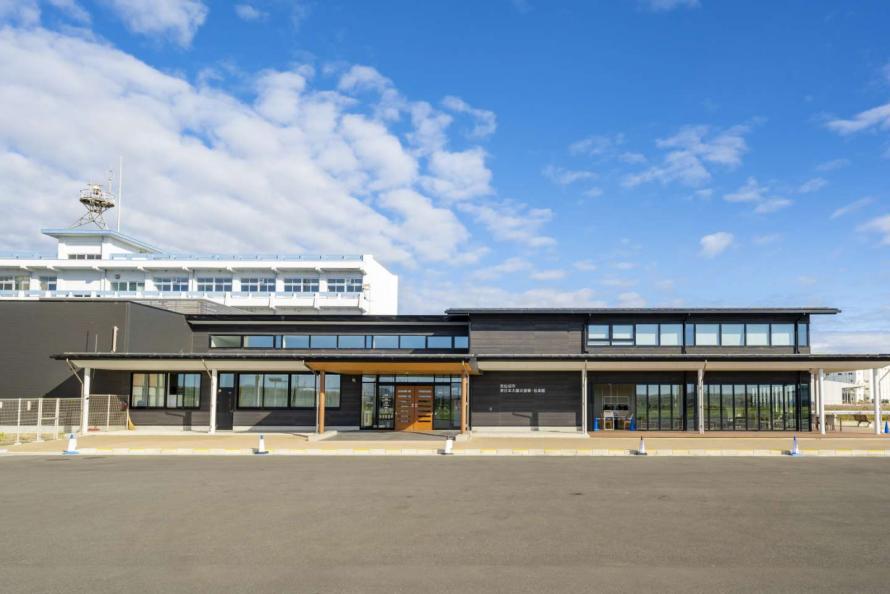
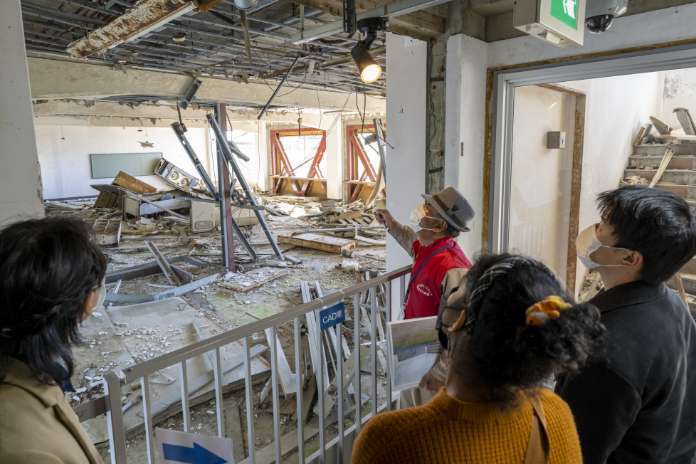
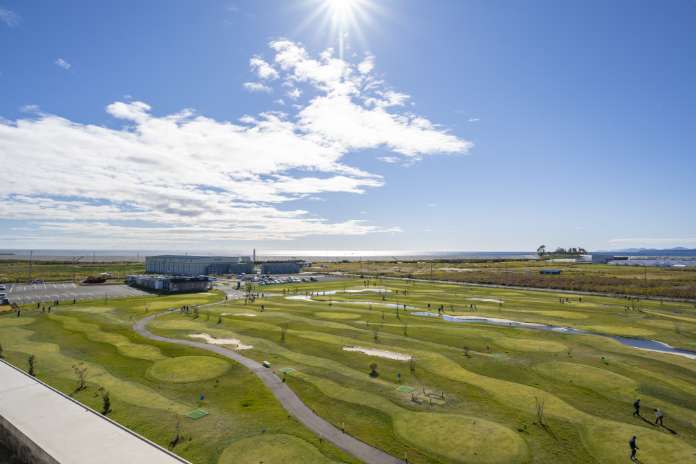
40 minutes by car
7Minamisanriku 311 Memorial / Minamisanriku Earthquake Disaster Memorial Park
Through the video testimonies of residents and an art installation designed by the late contemporary artist Christian Boltanski, visitors reflect on what they might be able to do to prevent or lessen suffering in such a disaster. At the adjacent Minamisanriku Earthquake Disaster Memorial Park, only the red steel skeleton remains standing of the district’s former Disaster Prevention Office Building.
Address: 200-1 Itsukamachi, Shizugawa, Minamisanriku Town, Motoyoshi District, Miyagi Prefecture
Phone: 0226-47-2550
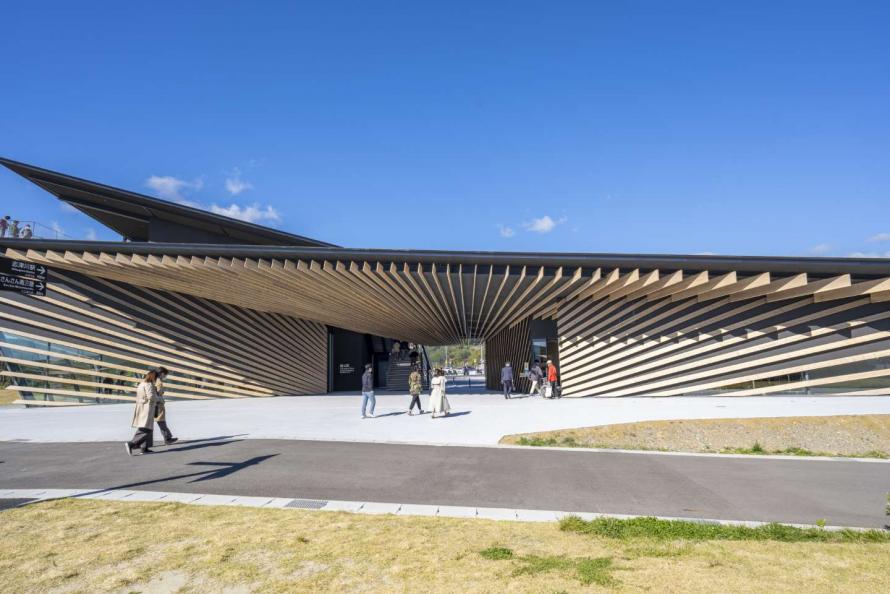
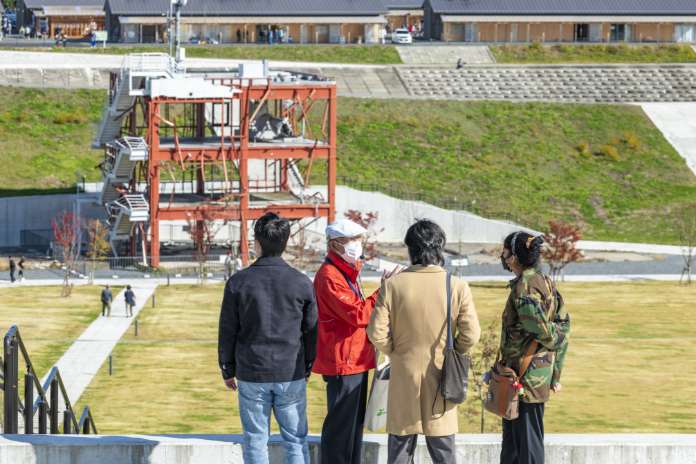
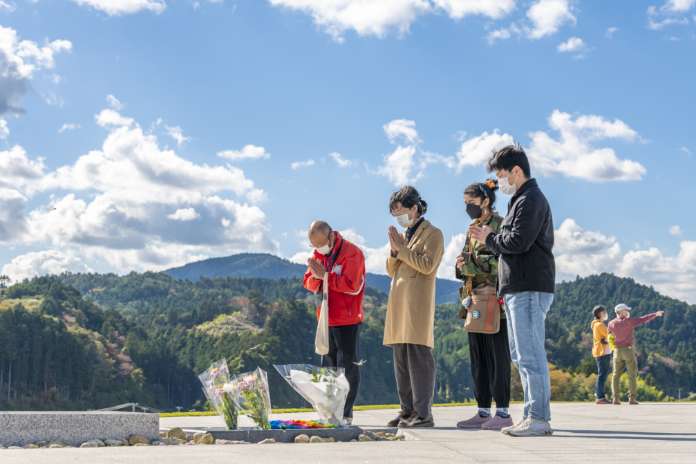
Minamisanriku SANSAN Shopping Village
A shopping facility designed by world-renowned architect Kengo Kuma using plenty of cedar from Minamisanriku. Visitors can enjoy local delicacies such as “Minamisanriku kirakiradon,” a bowl of rice topped with fresh seafood that varies by season.
Address: 201-5 Itsukamachi, Shizugawa, Minamisanriku Town, Motoyoshi District
Phone: 0226-25-8903 (MINAMISANRIKU TOWN FUTURE)
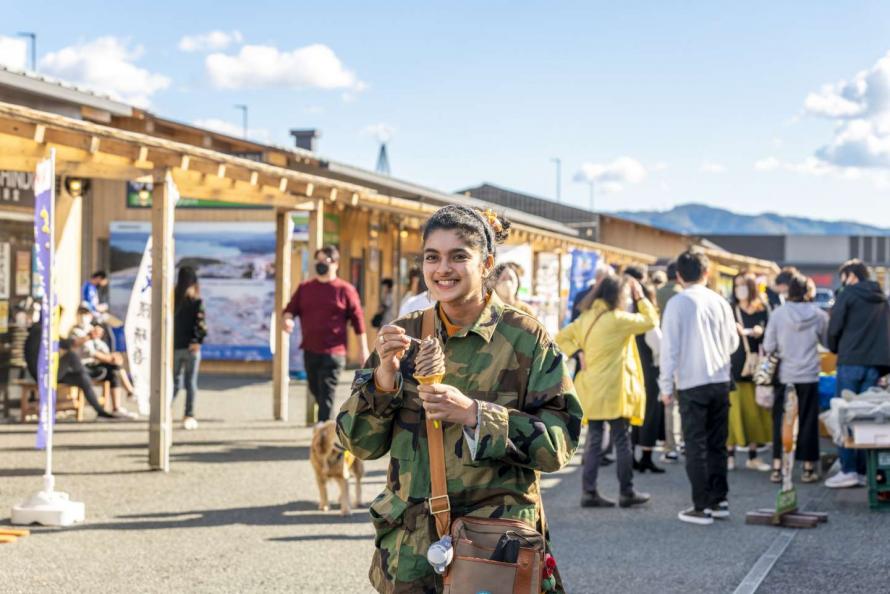
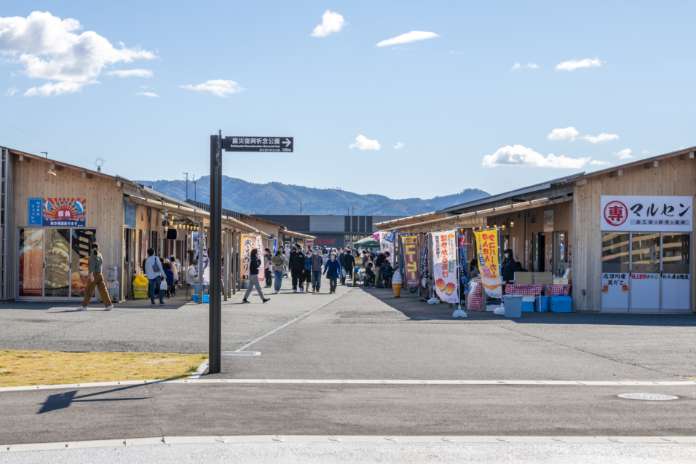
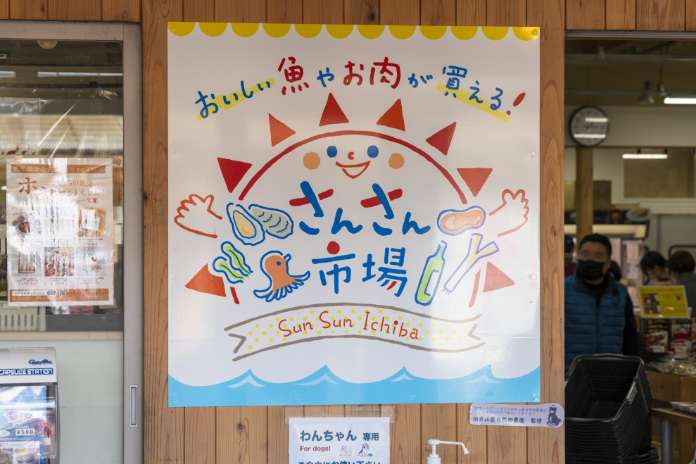
Comment from Lee Changmin

Minamisanriku is a beautiful place. The pedestrian bridge connecting the shopping facility to the memorial park and the memorial museum itself, made with lots of local wood, were especially nice. The art exhibit at the museum was easy to understand and the seafood bowl (kirakiradon) was tasty. I would recommend it for people in the area.
15 minutes by car
8Minami Sanriku Hotel Kanyo’s “Storytelling Bus” ensures that the memory of the tsunami does not fade away
Although this resort hotel was partially damaged in the earthquake, it hosted as many as 600 evacuees.
Address: 99-17 Kurosaki, Minamisanriku Town, Motoyoshi District
Phone: 0226-46-2442
Communicating Stories
The Hotel's “Storytelling Bus”
The hotel’s employees serve as storytellers on this bus that takes people back and forth to the hotel. The repurposed bus started just one month after the disaster. By the end of 2021, more than 420,000 people had listened to the stories. As the bus drives through the town’s neighborhoods, stories are told of how the tsunami reached even high ground, what kinds of buildings existed in the area before the disaster, and what kind of lives people led.

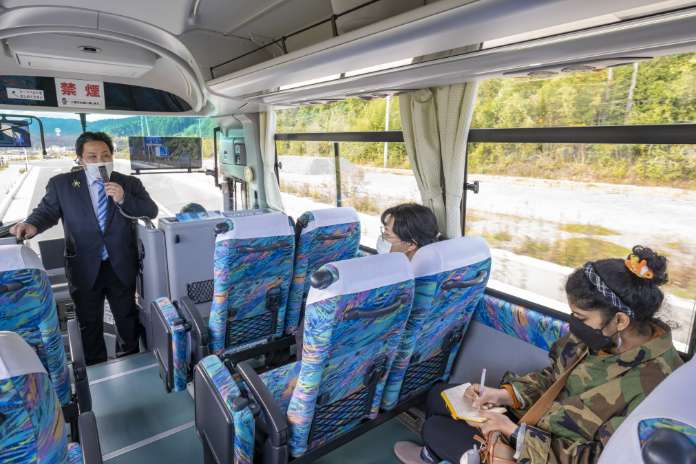
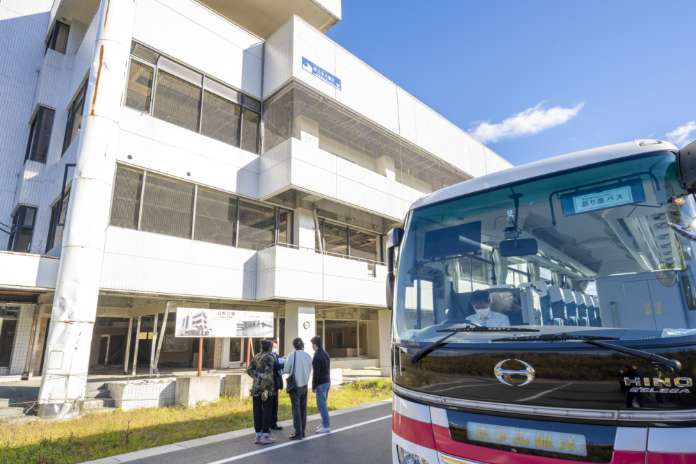
Comment from Swastika

The storyteller mixed in events from his own life, and it was valuable to listen to. One thing that especially made an impression on me were the words, “If you join hands, you understand that all people are warm. Cold human beings don’t exist.”
1 hr. 30 minutes by car